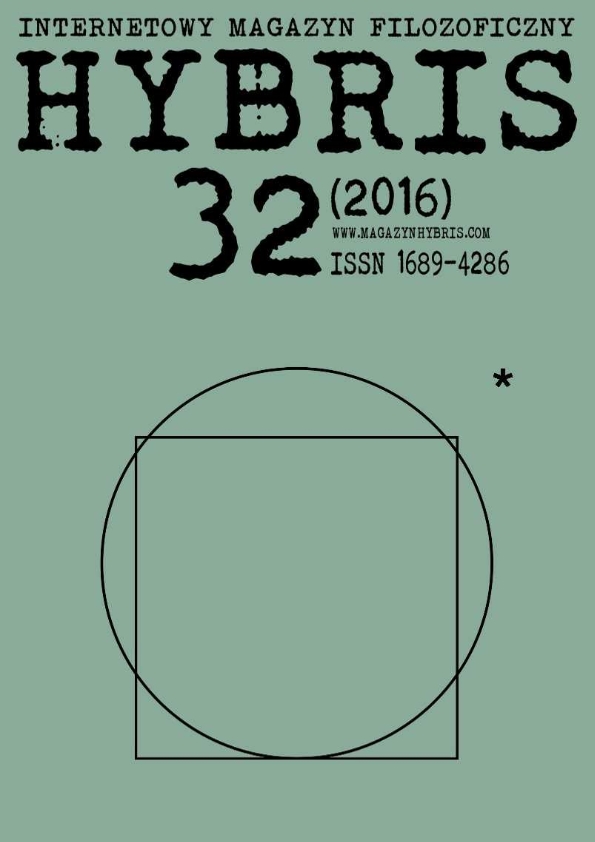
Hermeneutyka symbolu w ujęciu Paula Ricoeura
In his work entitled The Symbol Gives Rise to Thought, Paul Ricoeur accurately noted that a symbol is primeval in nature with regard to every process of thought, as something which is given. In order to take up the hermeneutics of symbols, i.e. to start thinking about them, one has to engage successfully in a complicated thinking process: first, it is necessary to set apart methodologically from among a variety of notions only those which are essential to the symbol (eidetics); next, one needs to uncover the symbol’s cohesion and wholeness (phenomenology), in order to analyze it and begin to think properly about it (hermeneutics). Ricoeur’s hermeneutic of symbols, described in this fashion, has become a contemporary attempt to find a philosophy with its four tasks: understanding, uncovering, criticism and theory. Ricoeur does not allow himself to be boxed in within the boundaries of pure formalism and statistics. He begins to look for sources in the most primeval experiences of man, including the so-called state of “pre-understanding”. In order to avoid dwelling merely upon inquiries and pure speculations, Ricoeur has made use of the symbolism of evil. Beginning from the first fall of Adam, he has shown how the demythologization of sense takes place in the mind every human being. Such demythologization consists of the transference of Adam’s fall on to every intimate human I, within which a constant battle takes place together with an endless process of choosing. For Ricoeur, life is a constant dynamis, a constant demythologization of symbols, an unending path between phenomenological examination and personal history, personal becoming. It is a philosophy thus outlined, understood hermeneutically on the way towards the sacred, which constitutes the foundation of Ricoeur’s phenomenology of religion.
More...







